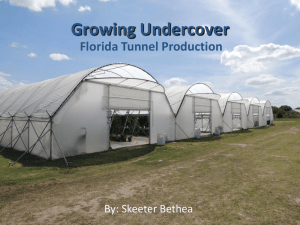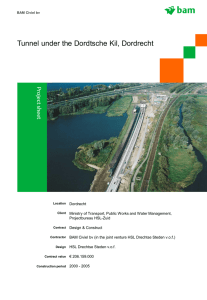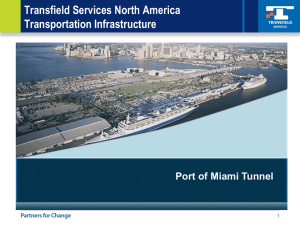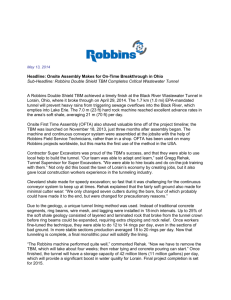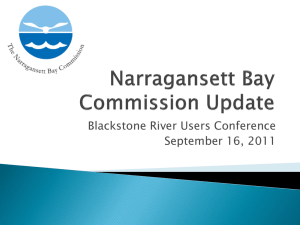SEPIL Corrib Project: Tunnel DVD - Transcript Shell E&P Ireland
advertisement
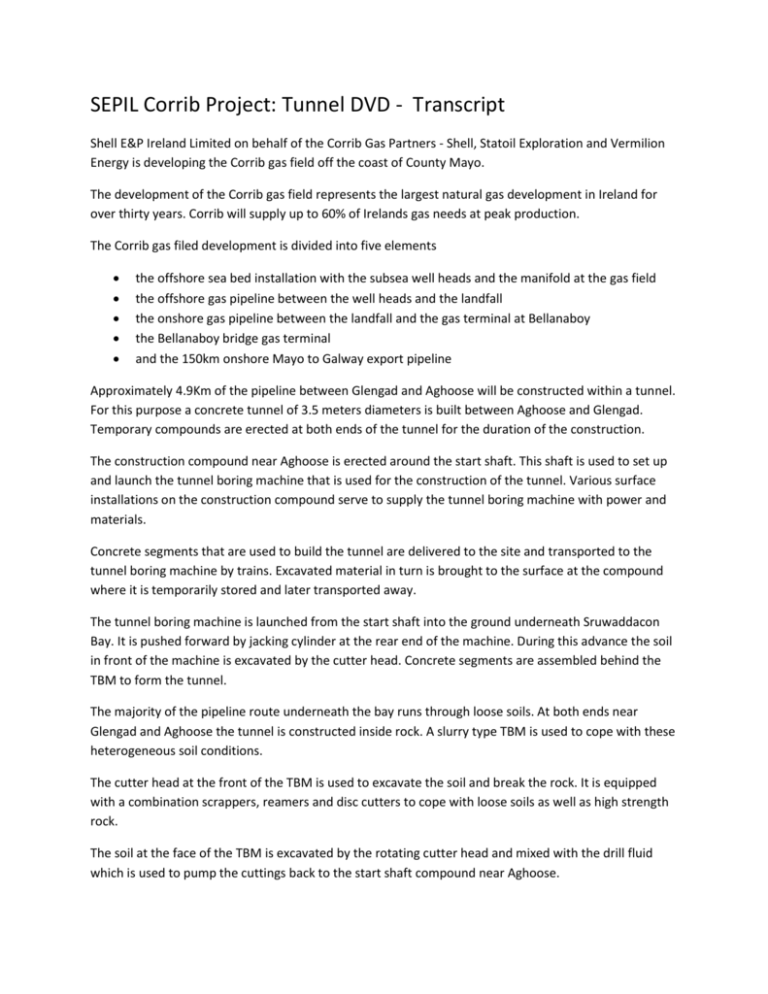
SEPIL Corrib Project: Tunnel DVD - Transcript Shell E&P Ireland Limited on behalf of the Corrib Gas Partners - Shell, Statoil Exploration and Vermilion Energy is developing the Corrib gas field off the coast of County Mayo. The development of the Corrib gas field represents the largest natural gas development in Ireland for over thirty years. Corrib will supply up to 60% of Irelands gas needs at peak production. The Corrib gas filed development is divided into five elements the offshore sea bed installation with the subsea well heads and the manifold at the gas field the offshore gas pipeline between the well heads and the landfall the onshore gas pipeline between the landfall and the gas terminal at Bellanaboy the Bellanaboy bridge gas terminal and the 150km onshore Mayo to Galway export pipeline Approximately 4.9Km of the pipeline between Glengad and Aghoose will be constructed within a tunnel. For this purpose a concrete tunnel of 3.5 meters diameters is built between Aghoose and Glengad. Temporary compounds are erected at both ends of the tunnel for the duration of the construction. The construction compound near Aghoose is erected around the start shaft. This shaft is used to set up and launch the tunnel boring machine that is used for the construction of the tunnel. Various surface installations on the construction compound serve to supply the tunnel boring machine with power and materials. Concrete segments that are used to build the tunnel are delivered to the site and transported to the tunnel boring machine by trains. Excavated material in turn is brought to the surface at the compound where it is temporarily stored and later transported away. The tunnel boring machine is launched from the start shaft into the ground underneath Sruwaddacon Bay. It is pushed forward by jacking cylinder at the rear end of the machine. During this advance the soil in front of the machine is excavated by the cutter head. Concrete segments are assembled behind the TBM to form the tunnel. The majority of the pipeline route underneath the bay runs through loose soils. At both ends near Glengad and Aghoose the tunnel is constructed inside rock. A slurry type TBM is used to cope with these heterogeneous soil conditions. The cutter head at the front of the TBM is used to excavate the soil and break the rock. It is equipped with a combination scrappers, reamers and disc cutters to cope with loose soils as well as high strength rock. The soil at the face of the TBM is excavated by the rotating cutter head and mixed with the drill fluid which is used to pump the cuttings back to the start shaft compound near Aghoose. To move forward the TBM is equipped with hydraulic jacks at its rear end using the constructed tunnel as an abutment. After the jacks have been fully extended, they are retracted one by one and a new section of the tunnel is built by assembling concrete segments to form the next ring. This intermittent process of excavation and ring building is repeated until the machine reaches the receiving shaft near Glengad. Here it is recovered from the shaft and the tunnel is ready for the installations of the pipeline. Prior to installation of the pipeline it is pre-fabricated on the string yard near Aghoose. Individual pipes are transported to the string yard by trucks where they are unloaded and welded together in sections of approximately 84 meters length. The pipe sections are loaded to a train and driven into the tunnel. Here they are unloaded and welded together. Once the pipeline has been fully assembled, a final hydro-test is carried out at a pressure of 504 bar to ensure the pipeline is absolutely tight. Finally the complete tunnel is filled with a low strength grout after the pipeline and also the service lines have been installed inside the tunnel. Several backfilling pipes are installed inside the tunnel. Starting from the centre, grout is pumped through these pipes, gradually filling up the space around the pipeline until the tunnel has been completely sealed. Once the grout fill has hardened and the pipeline has been tied to the onshore sections, reinstatement of the compounds starts. The start and receiving shafts are filled up and the shaft walls cut off well below the ground level. Site installation as are removed and the surface is reinstated by placing the top soils from the temporary storage areas on site. The pipeline is now ready for operation.



